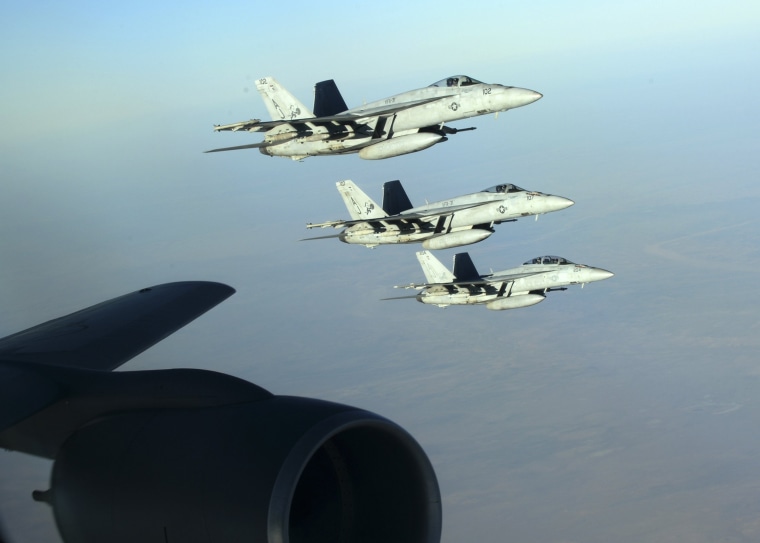How did we get to this point? Here's a brief history of some of the major developments in the Syrian civil war as they pertain to the United States:
Dec. 18, 2010: Revolution in Tunisia sparks an "Arab Spring" of popular revolt against governments across the Middle East and North Africa. Syria's protests begin in March of the next year, when demonstrators, angry over the arrest of schoolchildren who had painted anti-government graffiti, take to the streets. They are ultimately quelled by the army of President Bashar al-Assad.
Aug. 20, 2012: As the conflict begins to grow into a civil war with multiple factions, U.S. President Barack Obama warns that if Assad uses chemical weapons "on the ground" it would cross a "red line" with the United States.
Dec. 23, 2012: The first of several suspected chemical attacks take place in Syria. The United Nations concludes nearly a year later that Assad is using chemical weapons, including nerve agent sarin, with children among the casualties.
June 15, 2013: Private citizen Donald Trump, almost exactly two years from announcing his candidacy for president, tweets, "We should stay the hell out of Syria."
August, 2013: A Syrian chemical weapons attack is blamed for as many as 1,700 civilian deaths.
September, 2013: Instead of acting on his threat about crossing a red line, President Obama gambles on peace by entering a three-party deal with Russia under which Syria commits to removing or destroying its chemical stockpile by the next year.
September, 2014: The United States bombs Syria. Targets include terrorist groups al Qaeda and ISIS.
September, 2015: Russia puts its military might behind the Assad regime. In October it adds cruise missiles to the effort.
November, 2015: On the campaign trail, Trump says he's open to sending ground troops to Syria in order to fight ISIS.
November, 2016: After winning the election, the President-elect Trump says U.S. efforts in Syria should target ISIS. If the United States targeted the Assad regime, he says, "we end up fighting Russia."
April 6, 2017: The United States launches 59 Tomahawk cruise missiles against Syria in response to further chemical weapons attacks.
April 11, 2018: Following yet another suspected chemical attack by Assad, Trump warned that missiles "will be coming" to Syria. The next day he said, via Twitter, "Could be very soon or not so soon at all!"
April 13, 2018: Trump announces "precision strikes" against the Assad regime in response to the latest chemical attack, which he called "evil" and "despicable." "These are crimes of a monster," he said. referring to Assad.
